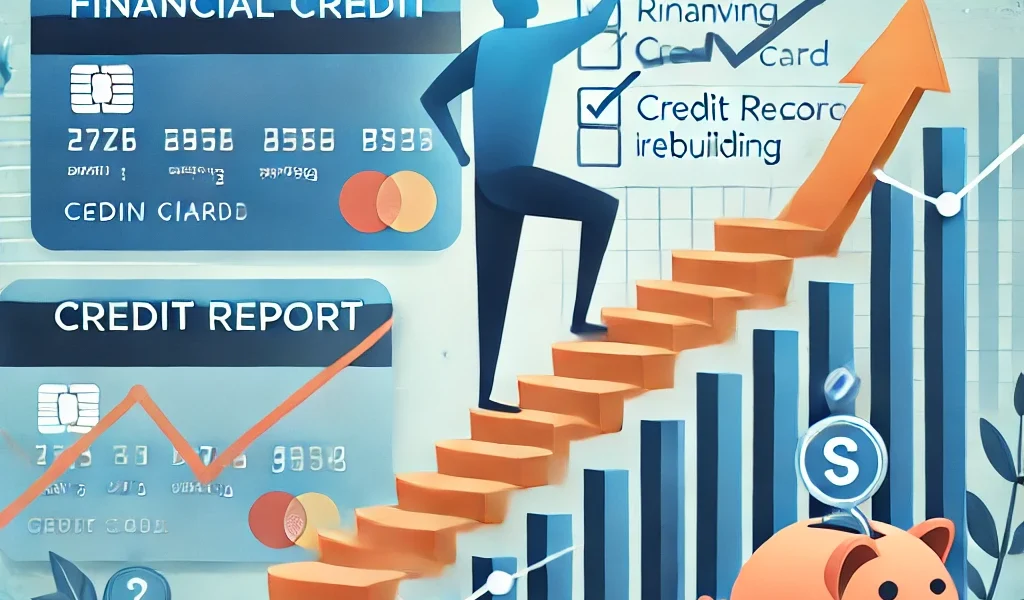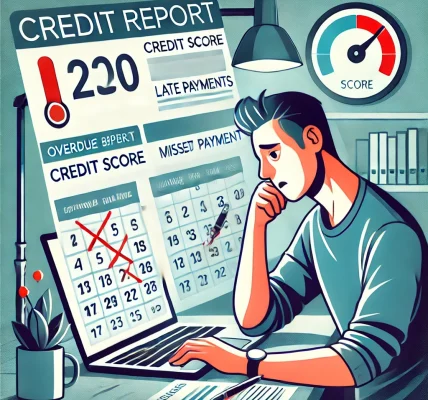Introduction
Experiencing a financial setback can be overwhelming, but it doesn’t mean your credit score has to suffer permanently. Whether you’ve dealt with job loss, medical bills, bankruptcy, or excessive debt, rebuilding credit is possible with the right strategies. In this guide, we’ll walk you through the essential steps to restore your creditworthiness and regain financial stability.
Step 1: Assess Your Current Credit Situation
Before making improvements, you need to understand where you stand. Obtain a free credit report from major credit bureaus such as Experian, Equifax, and TransUnion. Look for errors, late payments, or negative marks that might be affecting your score. If you find inaccuracies, dispute them immediately.
Step 2: Make Timely Payments
One of the most crucial factors in rebuilding credit is consistent, on-time payments. Consider setting up automatic payments or calendar reminders to ensure you never miss a due date. Even if you can only make minimum payments, ensuring regularity can have a positive impact on your credit score over time.
Step 3: Reduce Debt and Maintain Low Credit Utilization
Your credit utilization ratio—the amount of credit used compared to your total credit limit—affects your score significantly. Aim to keep your utilization below 30% of your available credit. If possible, pay down existing balances and avoid maxing out credit cards.
Step 4: Consider a Secured Credit Card
If your credit score is too low to qualify for traditional credit cards, a secured credit card can be an excellent option. These require an upfront deposit, which acts as collateral. Using a secured card responsibly by making small purchases and paying off the balance in full each month helps demonstrate creditworthiness.
Step 5: Become an Authorized User
If you have a trusted family member or friend with a good credit history, ask to become an authorized user on their credit card. Their positive payment history can reflect on your credit report, giving your score a boost without requiring you to open new credit lines.
Step 6: Diversify Your Credit Mix
Having a mix of credit types—such as credit cards, auto loans, or installment loans—can enhance your credit profile. However, only take on new credit if you can manage it responsibly. Opening too many accounts at once may result in hard inquiries that can temporarily lower your score.
Step 7: Create and Stick to a Budget
A strong financial plan ensures you don’t fall back into previous financial troubles. Track your income, expenses, and debts to identify areas where you can cut unnecessary spending. Allocating funds specifically for debt repayment can accelerate your journey to financial stability.
Step 8: Build an Emergency Fund
Unexpected expenses are one of the leading causes of financial setbacks. By setting aside money for emergencies, you can reduce the risk of missing payments in the future. Even a small emergency fund of $500-$1,000 can make a significant difference.
Step 9: Be Patient and Stay Committed
Credit repair doesn’t happen overnight. It takes time, effort, and disciplined financial habits to see significant improvements. Continue practicing responsible credit behaviors, and over time, you will see positive results.
Conclusion
Rebuilding credit after a financial setback is a journey, but it is entirely achievable with the right approach. By making timely payments, reducing debt, considering secured credit options, and maintaining a strong financial plan, you can gradually restore your credit and secure a brighter financial future. Stay committed, and soon enough, your efforts will pay off with an improved credit score and greater financial confidence.




